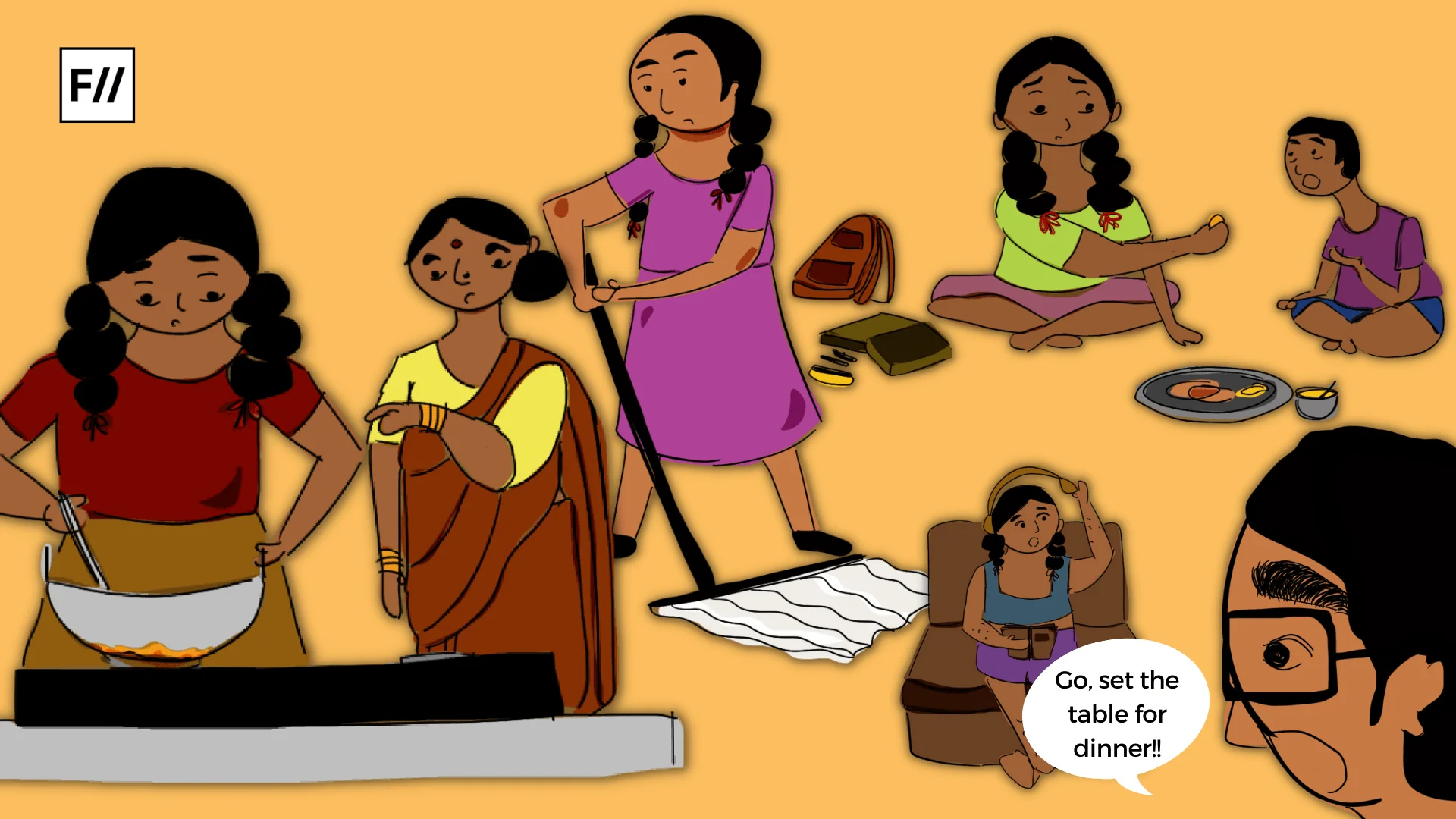The USA women’s national team thrashed Japan 5-2 in the final of the FIFA World Cup 2015 but it has barely registered on the global conscience. Compare this to the time when Germany beat Argentina in the final of 2014 FIFA World Cup or even when Chile beat Argentina in the 2015 Copa America final. Though one can argue, that there’s certainly more interest than before.
Last year, Stephanie Roche’s goal for Peamount United (an Irish football club) ran Colombian James Rodrigues’s strike in the World Cup pretty close for FIFA Puskas Goal of the Year Award. That a woman footballer’s goal would garner 33% votes was unthinkable but that was just how awesome her goal was. In fact, technically speaking, it was better than the Rodrigues’s goal but she lost out because the grandeur of the men’s World Cup (the biggest sporting event in the world) blanked out the Women’s National League of Ireland. But, this was a clear sign that women’s football (or soccer if you are American) had come of age.
youtube http://www.youtube.com/watch?v=nQOuMWiGMrU
Sadly, it will still take a lot of time for women’s football to catch up with its male counterpart (economically, popularity-wise or technically), but things are certainly changing. In general, the women’s version of every sport tends to get the short end of the stick and one can argue that it’s only tennis which actually has global female icons but football is slowly catching up. Both nations have won the cup before (Japan in 2011 and the USA in 1991 and 1999), and in US in particular, the sport has enjoyed a surging popularity.
Of course, it’s unlikely the prize money will get as crazy. The winner of the Women’s World Cup will take home a cool $2 million, which seems awesome, unless you consider that Germany’s national team took home $35 million! Megan Rapinoe, US midfielder, sums it up by saying,
“Since the last World Cup, we’re getting paid more; other teams are being paid more. Fifa is still doing crazy things like putting our World Cup on artificial turf, but I think the people with the money just need to realize there is money to be made in our game and I think they’re seeing that now.”
youtube http://www.youtube.com/watch?v=yjPmC2hf5zI
The bit about the artificial turf particularly rankles because it’s impossible to imagine our men players willing to play on artificial turf. Female soccer players including Sydney Leroux (pictured below) had filed a legal case asking for the tournament to be played on grass but the campaign eventually fell through.
This is @DrinkBODYARMOR athlete @sydneyleroux after playing on turf! #ProtectTheAthlete #USWNT http://t.co/e5NhMgwkCq pic.twitter.com/5jFpl12L8j
— Kobe Bryant (@kobebryant) August 13, 2014
In general, the state of the women’s football is no different from the issue that plagues most other sports. According to an article in The Economist, explaining the disparity, every sport’s success depends on three things – a balance of consumer, media and commercial appeal. According to a Women’s Sport and Fitness Foundation report from 2013, women’s sports gets only 7% of coverage and 0.4% of the total value of commercial sponsorship. Even feminists, never took up the issue of women in sports, the way they do for other issues.
While there has been a long battle for equal wages for women in different fields, that particular battle never permeated to sports, even though the inequalities tend to be higher. Perhaps it has something to do with the fact that sports doesn’t seem like something that advocates ought to fight for? After all, is it as important as basic rights, wage disparity or sexual harassment? Hollis Elkins, a professor of women’s studies at the University of New Mexico, published a paper explaining why feminists didn’t take up the cause. These included:
- The perception that women athletes didn’t care for the movement (which would change with Billie Jean King)
- They didn’t want to deal with the perceived ‘lesbian tag’ that was often shoved upon the shelves of feminists and sportsperson.
- Because femininity was perceived to be a state of inactivity and those who were into sports were considered to be less ‘womanly’
- Sports, in general, were considered a frivolous issue.
This led to activists never really fighting very hard for equality rights of sportswomen, more so because they tend to in general earn more than their counterparts in other fields, even though the pay is much less. The media plays an important part in popularising a sport, but the problem is that ‘feminist’ outlets along with mainstream publications (including sports) give women’s sports a short shrift.
The truth is that irrespective of the gender of the participants, some sports will always be more popular than others. No matter what India does, football is never going to catch up with cricket any time soon. The same goes for football in US when compared with the big three – baseball, basketball and American football. Similarly, popular sports like football will always garner more interest than say kayaking!
But on the bright side, the times are changing. At least in individual sports like tennis, golf, badminton and boxing, women are starting to get their due. In the past couple of years, India has embraced its female sports stars like Mary Kom, Saina Nehwal, Sania Mirza and Jwalla Gutta. But just like any other sports politics, cricket leaves very little for the rest.
With a rise in sponsorship options, increased reach due to social media and corporate interest, women in sports will continue to attract more investment which will lead to more media coverage and hopefully greater focus.
Featured Image Credit: Wiki Commons



